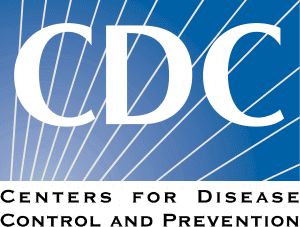These results come from a household cohort study that prospectively assessed the impact of the Omicron BA.2 variant and immunity on household transmission using dense saliva sampling and sequence analysis. Sixty-seven households were included, consisting of 241 individuals (median age, 33.0 years; IQR, 12.0–46.0). Maximum household SAR was 59.7% and per-person SAR 41.5%. Pediatric index cases were more likely to transmit. Transmission was negatively affected by household members’ immunity.
These are the results of a cohort study evaluating adverse outcomes in patients with kidney disease who developed COVID-19. A total of 1,095 nirmatrelvir-ritonavir-treated patients were matched to 584 comparators. Patients who received nirmatrelvir-ritonavir were less likely to be hospitalized within 30 days of diagnosis (adjusted subdistribution hazard ratio [sHR], 0.44; 95% CI, 0.26–0.73; P < .01). At one year, nirmatrelvir-ritonavir-treated patients had a lower risk of hospitalization for MACE (adjusted sHR, 0.49; 95% CI, 0.36–0.67; P < .01) and death (adjusted hazard ratio, 0.37; 95% CI, 0.21–0.65; P < .01).
A total of 37 RCTs with 3,363 patients were included. The primary outcomes were physical capacity assessed by the six-minute walking test (6MWT), lung function measured by forced expiratory volume in the first second (FEV1) and forced vital capacity (FVC), health-related quality of life (HRQoL), and fatigue. Secondary outcomes were 30-second sit-to-stand test (30STST), handgrip strength tests, maximal inspiratory pressure (MIP), maximal expiratory pressure (MEP), dyspnea, depression, anxiety, perceived effort, and adverse events.
Compared to controls, PR improved physical capacity (6MWT, 30STST, handgrip), lung function (FEV1, FVC, MIP, MEP), HRQoL, fatigue, dyspnea, and anxiety but did not reach statistical significance for depression. Subgroup analyses of PR duration indicated that programs of ⩽4 weeks improved 6MWT; those between four and eight weeks significantly improved 6MWT, lung function (FEV1, FVC), HRQoL, and reduced fatigue; and programs over eight weeks improved HRQoL and reduced fatigue. Exercise type analysis revealed that breathing exercises improved 6MWT, lung function (FEV1, FVC), and HRQoL; multicomponent exercises enhanced 6MWT performance and reduced fatigue; the combination of both types improved 6MWT, FEV1 (L), FVC (%pred), HRQoL, and reduced fatigue.
Situation Dashboards

World Health Organization (WHO)

Johns Hopkins University (JHU)

COVID-19 in US and Canada







